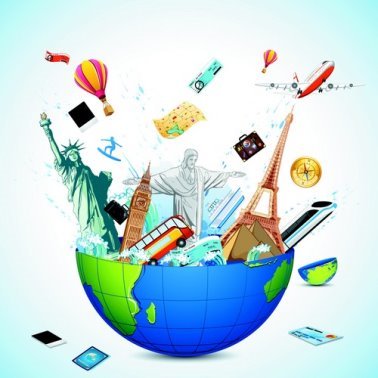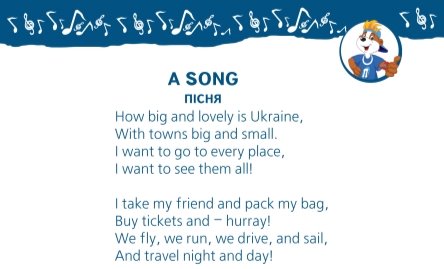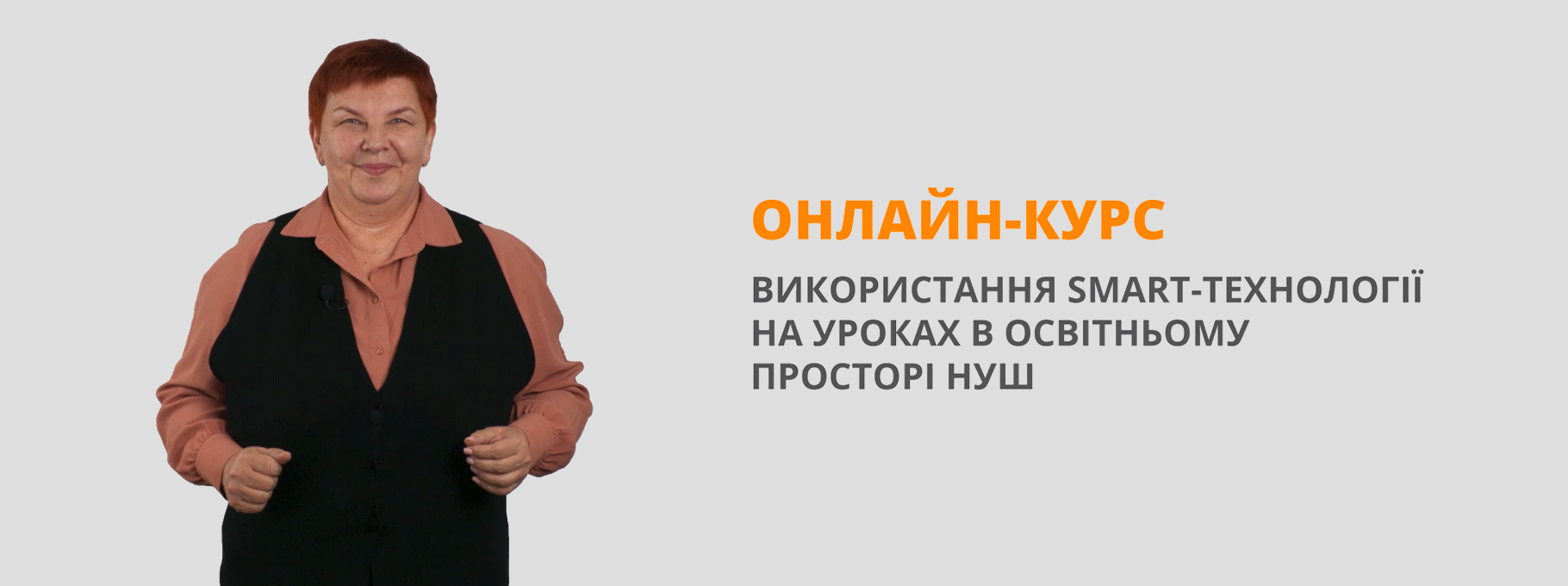Asking the way, 4 клас до Карпюк О
Яковлівська загальноосвітня школа І-ІІІ ступенів
Харківської районної ради Харківської області
План-конспект уроку
y 4 класі


Підготувала та провела
Рудакова Ольга Іванівна,
вчитель іноземної мови (англійської)
вищої кваліфікаційної категорії
2019 рік
Lesson Plan
Date: Form 4
Subject: English.
Teacher: Olga Ivanivna Rudakova Qualification category the highest.
Тhe topic of the lesson: Around the City.
Type of the lesson: Using of knowledge and skills.
Equipment: PC, audio CDs.
Materials: pictures, a map, pupil’s books, workbooks.
Hand out: , task cards, smiles, maps.
Objectives:
Practical: to practice and improve the pupils’ speaking skills about capital cities; to use active vocabulary and existing knowledge in oral speech; to practice asking and answering questions on the topic; to show an importance of learning foreign languages nowadays.
Educative: to teach students to help people, love travelling.
Developing: to develop pupils’ speaking, listening and reading skills; to develop knowledge about Kyiv and London.
Social: to stimulate pupils to study English; to broaden pupils’ outlook about Kyiv and London; to bring up a good attitude to foreign languages.
Active vocabulary: opposite, between, in front of, behind, on the right of, next to, on the left of, library, hospital, school, church, circus, supermarket, school.
PROCEDURE
I. Introduction.
1. Greeting. (1 min)
Pupils and Teacher: Good morning, good morning,
Good morning to you.
Good morning, good morning,
I’m glad to see you!
Teacher: Smile to each other. Thank you, sit down.
2. Preparedness for the lesson. (1 min)
Teacher: Who is absent today? Are you ready for the lesson? Have you got books, workbooks, pens, pencils? I’m glad to hear it. So, let’s begin our lesson.
3. Involving in the language environment. Warming up activity. (3 min)
Teacher: Children, what fine weather we are having today. Lovely day, isn’t it? By the way, what season is it now?
Pupils: It’s winter.
Teacher: How many seasons are there in a year?
Pupils: There are four seasons in a year.
Teacher: Name four seasons.
Pupils: Winter, spring, summer and autumn.
Teacher: What is your favourite season?
Pupils: My favourite season is ...
Teacher: Thank you for your answers.
II. Main Part of the Lesson.
1. Motivation, connection with life. (1 min)
Teacher: And now tell me, do you like travelling?
What city would you like to visit?
And today I invite you to visit the town Nick lives in. Join me! But unfortunately I have lost the address. But I have a map and hope you help me to find his house. To get there we have to ask a passersby.
2. Topic and aims of the lesson. (1 min)
Teacher: So the topic of our today’s lesson is “Around the city”.
3. Actualization and developing of basic pupils’ knowledge and skills. (8 min)
Teacher: Last lessons we were speaking about two big cities. Who can name them?
Pupil: We spoke about Kyiv and London.
Teacher: What do you remember about Kyiv? Look at the blackboard, read to the text and answer my questions.
Reading and speaking (Ex.3, p. 154)
KYIV
Kyiv is the capital of Ukraine. There is a river in Kyiv. It’s called the Dnieper. There are some bridges over the Dnieper. The Paton Bridge is one of the most famous bridges.
Kyiv is green. There are many parks in the city. The biggest one is called Hydro Park. There are different attractions there.
Kyiv is old and beautiful. You can go down Andriyvskyi Uzviz or Volodymyrska Hirka. There are a lot of churches and cathedrals in Kyiv. You can visit museums and galleries or theatres and cinemas.
Kyiv Underground is called Metro. It is a very busy place. You can see hundreds and thousands of people there. The main street of the city is called Khreshchatyk. People like walking along this street. There are lots of shops, markets, banks and restaurants in Kyiv, too. Lots of people visit Kyiv every day.
Teacher: And now answer the question, please.
1. What’s the capital of Ukraine?
2. Is there a river? What’s it called?
3. Are there any famous bridges over the river? What are they called?
4. Are there any cathedrals?
5. Are there any museums and galleries?
6. Are there theatres and cinemas?
7. What is the main street called?
8. Are there any parks? What is the biggest park called?
9. What are the busy places of the city?
4. Checking of homework. (6 min)
Teacher: Let’s check your homework. What have you prepared for today? Before reading the sentences you have completed, listen to the text about London and read it.
Listening and speaking (Ex.2, p. 134)
LONDON
London is a big city. It’s in England. There is a river in London. It’s called the Thames.
There are a lot of bridges over the Thames. The Tower Bridge is very old and very famous. It can go up and down.
There is a big park in London. It’s called Hyde Park. You can do a lot of things there. You can walk, run, ride a bike or ride a horse.
There are a lot of old buildings and museums in London. The British Museum is very famous. You can see some very old things there like mummies.
There are a lot of cars and buses in the streets of London. London taxis are black and London buses are red. What are these big buses called? Double-deckers, of course. There are also trains that go under the streets. This place is called the underground. The trains there are very fast.
Ex. 3, p. 136
- London is a big c… (city).
- The Thames is a r… (river).
- The Tower B… (Bridge) can go up and down.
- In Hyde P… (Park) you can do a lot of things. You can run, walk, ride a b… (bike) or ride a h… (horse).
- You can see mummies in the British M… (Museum).
- The place where t… (trains) go under the streets is called the u… (underground).
- Would you like to visit these cities?
5. Physical activity. (2 min)
Teacher: And now let’s sing a song about Ukraine and do some exercises. Stand up, please.

6. Using of the knowledge. Reading. Vocabulary work. (7 min)
Task 1. Look at the map on the blackboard, use the words from the box and complete the sentences.
|
opposite, between, in front of, behind, on the right of, next to, on the left of
|
- The library is ________________ the bank and the pizzeria. (between)
- The circus is __________________ the hotel. (behind)
- The supermarket is ________________ the hospital. (opposite)
- The church is __________________ the cinema. (in front of)
- The restaurant is _________________ the hotel. (next to)
- The Police Station is _______________ the barber’s shop. (on the right of)
- The pharmacy is __________________ the café. (on the left of)
Task 2. Read the sentences, use the words from the box and guess the place.
|
Library, hospital, school, church, circus, supermarket, cafe |
- There are a lot of different books there. If you like to read and need a book you should go there. ____________________
- There are a lot of children and teachers there. You study different subjects there and wear a school uniform. _____________________
- If you feel bad you need go there and see a doctor. ___________________
- If you want to eat ice cream or have a lunch with friends you can visit this place. You can eat sandwiches and drink a cup of tea or coffee here. _______________
- There is a really funny place. You can see a lot of animals here and meet clowns. _______________
- People go there on Saturdays and Sundays. A lot of people visit this place on Easter and Christmas. ________________________
- It is a very big shop. You can find food, clothes and other goods there. ____________________
7. Using of the knowledge in changed situations. (10 min)
Teacher: We have a guest at our lesson. This is Mary. She needs some information. She wants to ask you some questions.
Teacher’s assistant (as a tourist):
- Is there a stadium in your town? Is it big? What street is the stadium in?
- My car is broken. Is there any garage in the town? Where is it?
- I’m hungry. Where can I have breakfast in your town?
- Is there a theatre in the city?
- I feel bad. I need to go to hospital. Where is it? Is it in Park Street?
- How many churches are there in the city?
Teacher: And now you ask your partner about the place you would like to visit.
(Work in pairs)
III. Ending of the Lesson.
1. Summing up. (1 min)
Teacher: Our lesson is coming up to the end. Children, what have we done at our lesson?
Pupils: (possible answers)
- we sang, read, write;
- asking the way;
- walk around the city.
2. Reflexion. (1,5 min)
![]()
![]() Teacher: Did you like the lesson? What did you like the most? You have smiles on you desk. If you like the lesson put OK smile on the blackboard. If don’t like, put another one.
Teacher: Did you like the lesson? What did you like the most? You have smiles on you desk. If you like the lesson put OK smile on the blackboard. If don’t like, put another one.
3. Home assignment. (1 min)
Teacher: Open your mark books and write down the homework. Retell the text about Kyiv or London.
4. Evaluation. (1 min)
Teacher: You worked well during the lesson. It was pleasure to teach you. Thank you. Open your mark books. I’m going to put down the marks according your work.
5. Parting. (0,5 min)
Teacher: The lesson is over. Thank you. Good bye.


про публікацію авторської розробки
Додати розробку
